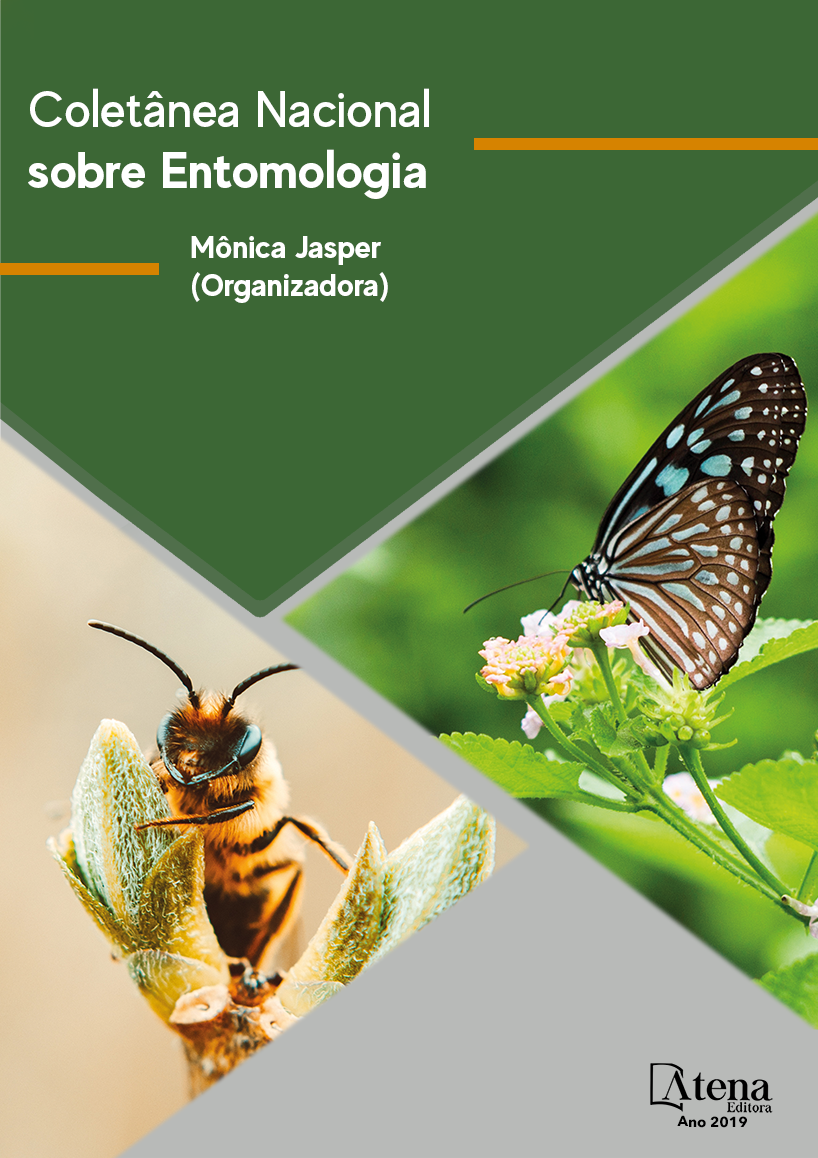
ATRATIVO DO CRAVO-DE-DEFUNTO NA POPULAÇÃO DE PRAGAS E INIMIGOS NATURAIS NA CULTURA DA ALFACE
A alface é uma das hortaliças
folhosas mais populares e mais consumidas
do Brasil, destacando sua relevância no âmbito
social e econômico. No entanto, um dos fatores
que limitam o desenvolvimento desta hortaliça
é o ataque de pragas, onde o principal método
de controle é o uso de inseticidas que podem
desenvolver populações resistentes de insetos,
além de oferecer riscos sociais e ambientais.
Sendo assim, o objetivo deste trabalho foi avaliar
o efeito atrativo da planta cravo-de-defunto
como alternativa na ação de controle de pragas
através do aumento da população dos inimigos
naturais na cultura da alface. A variedade
utilizada foi alface crespa “Cinderela”, com
delineamento em blocos ao acaso com quatro
repetições e cinco tratamentos: óleo de Neem,
alface + cravo em ilhas, alface + cravos em
faixas, alface + cravos central e testemunha. As
avaliações foram realizadas semanalmente em
três plantas de alface por tratamento, contandose
o número de insetos por planta. Para o
cravo-de-defunto realizou-se a batedura de
duas plantas por tratamento. Foram calculados
os índices faunísticos e as plantas de alface
avaliadas quanto à qualidade, número de folhas
e peso. O tratamento alface + cravo-de-defunto
(central) apresentou a maior biodiversidade (H=
2,1870; e= 0,8527) e foi o menos danificado por
insetos. As demais variáveis não apresentaram
diferenças significativas deste tratamento. O
cravo-de-defunto pode ser utilizado no controle
biológico conservativo dentro do Manejo
Integrado de Pragas.
ATRATIVO DO CRAVO-DE-DEFUNTO NA POPULAÇÃO DE PRAGAS E INIMIGOS NATURAIS NA CULTURA DA ALFACE
-
DOI: 10.22533/at.ed.50419090711
-
Palavras-chave: Lactuca sativa L., Tagetes patula L., controle biológico, conservação
-
Keywords: Lactuca sativa L., Tagetes patula L., biological control, conservation
-
Abstract:
The lettuce is one of the most
popular and most consumed hardwood
vegetables in Brazil, highlighting its relevance in
the social and economic sphere. However, one
of the factors limiting the development of this vegetable is the pest attack, where the
main method of control is the use of insecticides that can develop resistant populations
of insects, besides offering social and environmental risks. Therefore, the objective
of this work was to evaluate the attractive effect of the marigold as an alternative in
the action of pest control by increasing the population of the natural enemies in the
lettuce crop. The variety used was “Cinderella” curly lettuce, with a randomized block
design with four replications and five treatments: Neem oil, lettuce + clove in islands,
lettuce + cloves in strips, lettuce + red cloves and control. The evaluations were carried
out weekly in three lettuce plants per treatment, counting the number of insects per
plant. For the marigold (Tagetes patula), two plants were harvested per treatment. The
faunal indexes and lettuce plants evaluated for quality, number of leaves and weight
were calculated. The treatment of lettuce + marigold (central) presented the highest
biodiversity (H = 2.1870, e = 0.8527) and was the least damaged by insects. The other
variables did not present significant differences of this treatment. Marigold can be used
for conservative biological control within Integrated Pest Management.
-
Número de páginas: 15
- Eduarda Ellen Nunes Gonçalves Costa
- Ronny Elison Ribeiro Cavalcante
- Erick Matheus Ferreira dos Santos Costa
- Andréa Nunes Moreira
- Jarbas Florentino de Carvalho
- ANDRÉA NUNES MOREIRA


